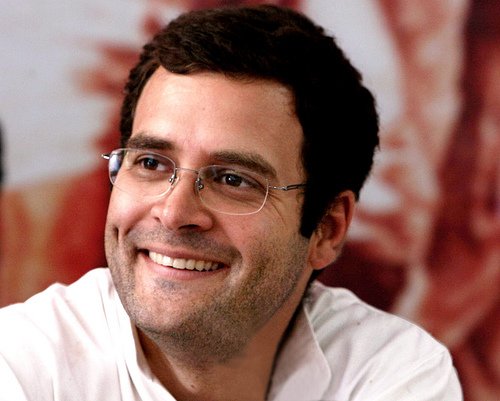The Income Tax(IT) Department has released some very interesting data today. The data basically reconfirms what we have known all along—that very few Indians pay income tax.
The number of Individuals with a permanent account number(PAN) for assessment year 2014-2015 (which basically means the income earned during the financial year 2013-2014, or the period between April 1, 2013 and March 31, 2014) stood at 4.86 crore. The income tax department calls them effective assessees. In the assessment year 2014-2015, the returns for the income earned in the financial year 2013-2014 had to be filed.
The number grew at a rate of 6% per year, over a three-year period between assessment year 2011-2012(i.e. the income earned during the financial year 2010-2011, or the period between April 1, 2010 and March 31, 2011) and assessment year 2014-2015.
Data from the World Bank tells us that in 2013(considering that we are talking about financial year 2013-2014 here), India’s population was at 127.9 crore. What does this basically mean? This means that around 3.8% of India’s population came under the income-tax net in assessment year 2014-2015.
The government has also released detailed data for the assessment year 2012-2013 (or income earned during the financial year 2011-2012, the period between April 1, 2011 and March 31, 2012).
And this data tells us something interesting as well. For the assessment year 2012-2013, a total of 2.88 crore income tax returns were filed by individuals. The number of individuals with permanent account numbers for the assessment year 2012-2013 stood at 4.43 crore. This basically means that only 65% of individual permanent account number holders filed a tax return.
Data from World Bank tells us that India’s population in 2011 was around 124.7 crore. This means that only 2.3% of India’s population filed the income tax return in assessment year 2012-2013, when returns for the income earned during the course of financial year 2011-2012, had to be filed.
Hence, the actual number of individuals who file income tax returns is significantly lower than the total number of individuals who have a permanent account number. Also, it is safe to say that the actual number of tax payers would be more than those who file an income tax return, given that some individuals paying income taxes are clearly not filing returns.
The Income Tax department does talk about the fact that in many cases the “tax has been deducted at source from the income of the taxpayer but the taxpayers has not filed the return of income.” This gap is huge despite the so-called attempts of the government to simplify the tax-filing process every year. It tells us that the simplification process is clearly not working.
There are more interesting data points for the assessment year 2012-2013. The average individual had a returnable income of Rs 3.77 lakh and paid a tax of Rs 39,823. Further, the total number of tax payers with a returned income of greater than Rs 10 lakh is just 13.32 lakhs. The returned income is defined as the total income after taking deductions allowed under chapter VI-A deduction into account.
The chapter VI-A deductions essentially refers to deductions allowed for investments made into the Employees’ Provident Fund, the Public Provident Fund, tax saving mutual funds, life insurance policies and so on (Section 80C).
It also allows deductions of premium paid for buying a medical insurance policy for self as well as parents (Section 80D). Then there are deductions allowed for interest paid on an education loan (Section 80E), royalty on books (Section 80 QQB) etc. Deductions are also allowed for donations made to charitable institutions (Section 80G).
In most cases, a maximum deduction of Rs 1.5 lakh is allowed under Section 80C. This was limited to Rs 1 lakh earlier. The point being that the Chapter VI A deductions in most cases can’t be over a couple of lakh rupees. Hence, there is a difference between total income of an individual and the returned income. Other than Chapter VI A deductions, there are other deductions allowed as well (interest on home loan being one).
Even with these limitations, the total number of tax payers with a returned income of greater than Rs 10 lakh at 13.32 lakhs in assessment year 2012-2013, is a very low number indeed. In fact, there were only 1.02 lakh tax payers with a returned income of more than Rs 50 lakh.
What does this tell us? It tells us that a major part of the country continues to be outside the income tax net. Of course, a major reason for this remains the fact that most Indians don’t earn enough to be paying income tax.
But it also tells us that there are many Indians out there who should be paying income tax but they don’t. The consumption patterns of luxury items clearly tell us that. And so does the price of real estate in many parts of the country. A major portion of the black money goes into real estate. Black money is essentially money which has been earned and has not been declared for tax purposes.
To conclude, the new data published by the Income Tax department is another indicator of the huge amount of black money that is a part of the Indian economy. Clearly no surprises there.
(Vivek Kaul is the author of the Easy Money trilogy. He can be reached at [email protected])
The column originally appeared on Huffington Post India on April 29, 2016


